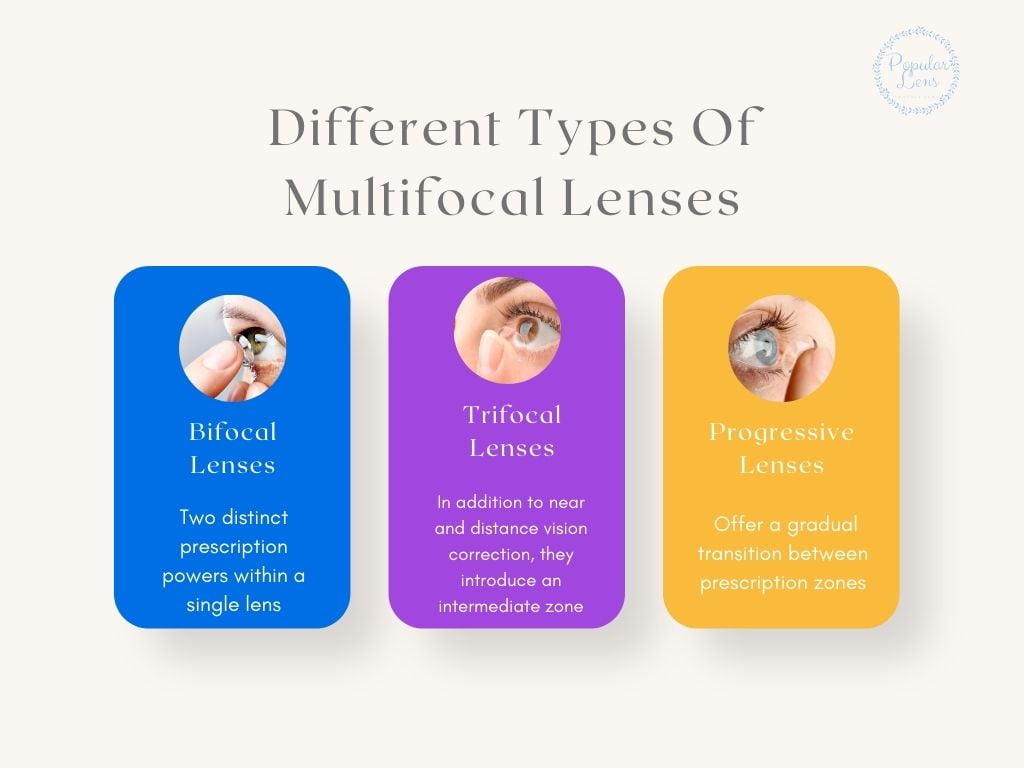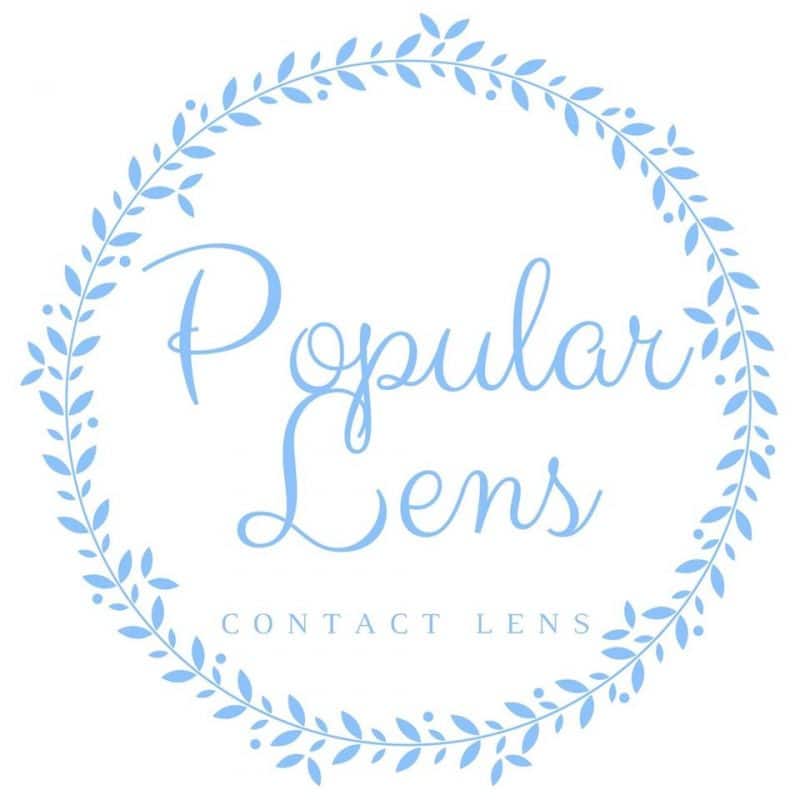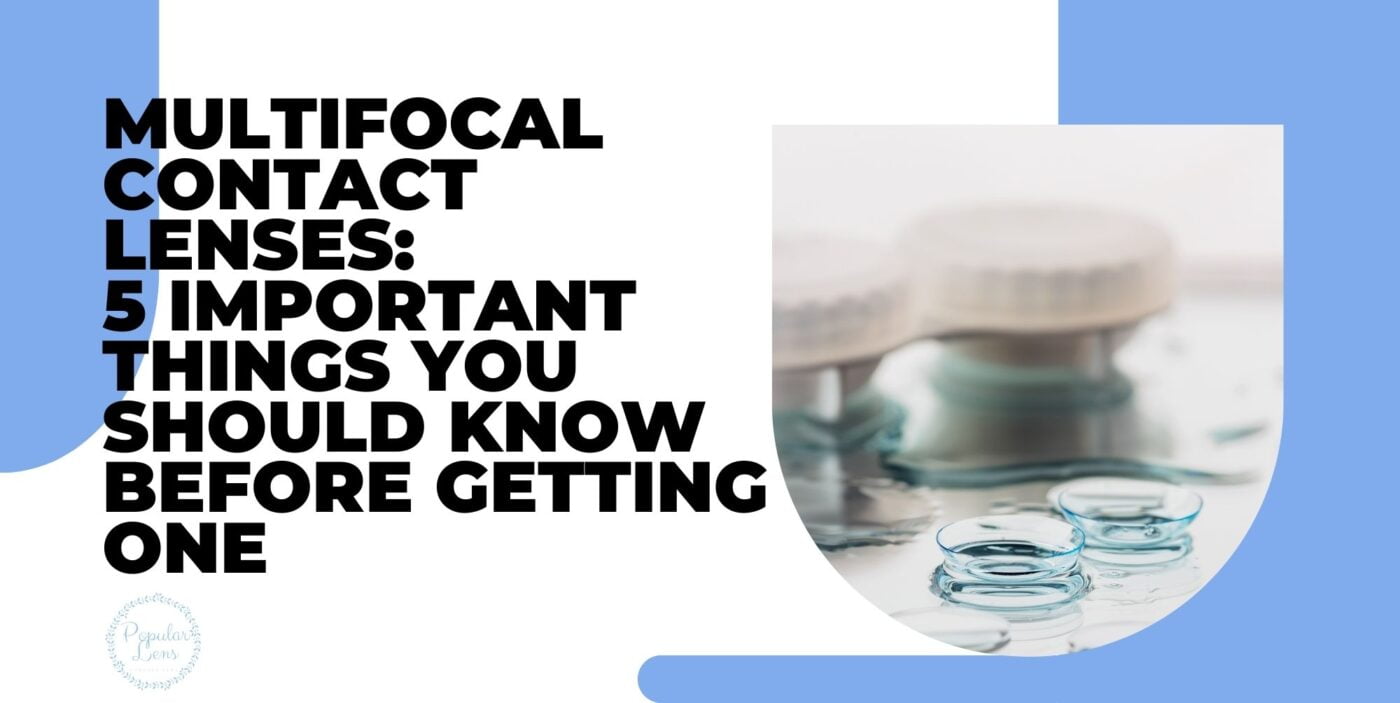Lifestyle
Multifocal Contact Lenses – 5 Important Things You Should Know Before Getting One
Multifocal contact lenses have emerged as a convenient solution for those who want to see clearly across a range of distances. It is also often used by individuals with presbyopia. These innovative lenses offer the ability to see clearly at various distances, eliminating the need for multiple glasses.
Multifocal contact lenses are popular among those with presbyopia as they allow them to wear one rather than juggle two pairs of traditional prescription glasses. But does it suit your lifestyle, or do you need to know anything important before you put it on?
Before you switch to multifocal contact lenses, you should know several crucial things to ensure a smooth transition and optimal vision correction. In this article, we will explore everything you need to know about multifocal contact lenses to help you make an informed decision.
Understanding Multifocal Contact Lenses

Multifocal contact lenses represent a remarkable advancement in vision correction, particularly for those who have reached a stage in life where presbyopia becomes a part of their visual journey.
Multifocal contact lenses are prescription eyewear designed to correct presbyopia, a common condition that occurs as people age. Presbyopia makes it challenging to focus on close objects, such as reading or using a smartphone, while also maintaining clear distance vision. These lenses contain multiple strengths within a single lens, allowing wearers to see clearly at different distances without needing reading glasses or bifocal lenses.
There are different types of multifocal lenses, including bifocal, trifocal, and progressive lenses. Let’s understand more about these multifocal lenses.

1. Bifocal Lenses
Bifocal multifocal lenses offer two distinct prescription powers within a single lens. Typically, one part of the lens is dedicated to near vision, while the other part addresses distance vision, ensuring clarity when looking at objects in the distance. With this lens, you won’t need to switch between reading and regular glasses throughout the day.
2. Trifocal Lenses
Trifocal multifocal lenses take the concept a step further. In addition to near and distance vision correction, they introduce an intermediate zone. This middle ground is especially beneficial for activities like working on a computer, cooking, or viewing items on a shelf at a moderate distance. Trifocal lenses provide a seamless transition between these prescription zones, giving you a broader range of vision and reducing the need for constant adjustments.
3. Progressive Lenses
Progressive multifocal lenses offer a gradual transition between prescription zones, creating a smooth gradient of vision correction. This design mimics the eye’s natural focusing ability, allowing wearers to shift their gaze effortlessly from near to intermediate to distance without abrupt visual interruptions. Progressive lenses are particularly popular for their aesthetic appeal, as they lack the visible lines found in the bifocal or trifocal lens.
These lenses empower wearers to engage in various tasks seamlessly, providing visual clarity at multiple distances. Unlike eyeglasses, multifocal contact lenses offer a more immersive and natural field of vision.
The choice between the different types of multifocal contact lenses ultimately depends on your specific requirements and preferences. Consult an eye care professional to determine the best fit for your lifestyle.
Benefits of Multifocal Contact Lenses

There are some benefits when getting multifocal contact lenses. One of the most significant benefits is their unparalleled convenience in daily life. These lenses eliminate the need for constantly switching between multiple pairs of glasses throughout the day.
With multifocal contact lenses, it can accommodate an active lifestyle. They allow you to maintain visual clarity without additional glasses or cumbersome eyewear changes at various distances. Multifocal contact lenses empower you to engage in your favorite activities without compromising visual comfort.
Another benefit is that there is no peripheral obstruction. Unlike glasses with frames, multifocal contact lenses provide an unobstructed field of vision. Glasses can sometimes limit your peripheral vision, creating a visual barrier that takes some getting used to.
Adapting to any new vision correction method can be challenging. Multifocal contact lenses often offer a smoother transition than some alternatives. Many wearers find that they adapt to multifocal contacts relatively quickly. The period depends on the individual, but it will become comfortable, and they will enjoy clear vision at all distances.
Tips For Adaption

Transitioning to multifocal contact lenses can be a transformative experience. But you will need to give yourself some time to adapt to it.
As you start wearing multifocal lenses, following your eye care professional’s guidance is important. They will assess your visual needs, prescribe the right type of multifocal lenses, and provide valuable guidance on how to wear and care for them. It is imperative to heed their advice diligently.
Give yourself some time to adapt to it, as it is a process that varies from person to person. Some individuals may experience a seamless transition, while others may require a bit more time. Patience is key. Initially, you may notice subtle visual differences as your eyes try to get used to it. This could manifest as slight blurriness. It may go off after you get used to it. But if it continues, consult your eye care professional.
Maintaining good hygiene is important when wearing contact lenses. Infections and discomfort can occur if lenses are not cleaned and stored correctly. Follow the cleaning and disinfection routine recommended by your eye care professional. Make sure to wash your hands thoroughly before handling the lenses, and use the specified cleaning solutions to maintain their clarity and comfort.
You may discuss with your eye care professional the possibility of gradually transitioning from single-vision to multifocal lenses. It can help ease adaption, as you will have time to get used to the multifocal lenses.
Wrap Up
In conclusion, multifocal contact lenses offer a convenient and effective solution for individuals who desire clear vision at various distances. However, it is crucial to consult with an eye care professional, consider the type of multifocal lens that suits your needs, and be aware of the potential adaptation challenges.
While multifocal contact lenses provide significant benefits, they may not be the right choice for everyone. Do consult your eye care specialist to ensure the best vision correction option for you.

We are a company of optometrists & opticians. We focus on providing our customers with their preference of optical products to achieves improved visual acuity and enjoys a better quality of life. At PopularLens, you will find the niche and exclusive brands.

 Free Shipping within SG With Order Over $80
Free Shipping within SG With Order Over $80 Lowest Price Guarantee
Lowest Price Guarantee

